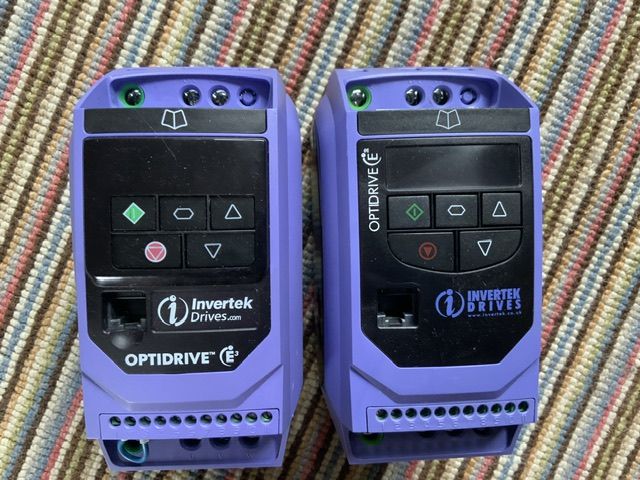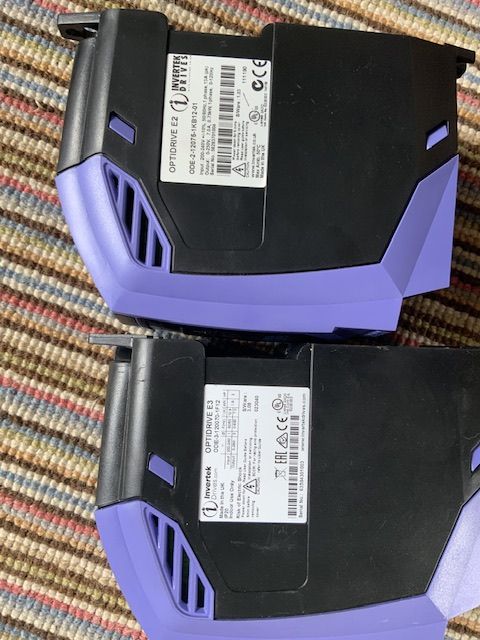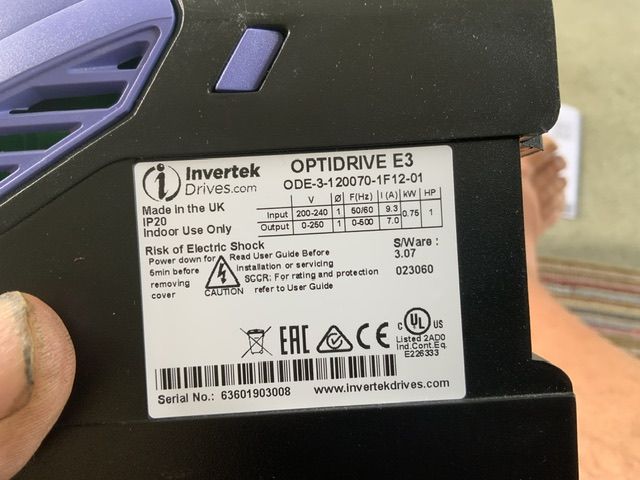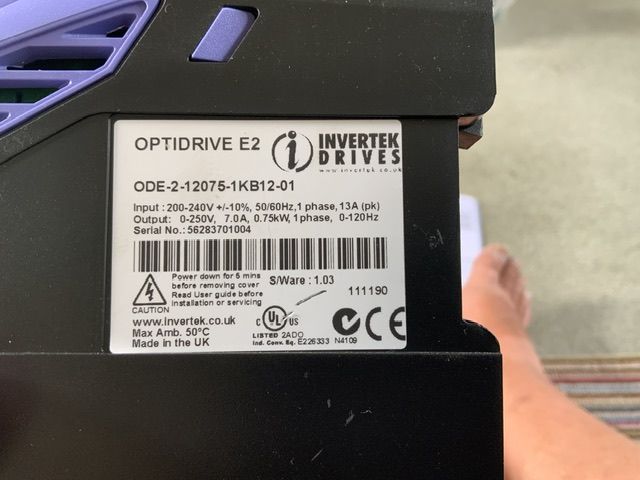Posted by Clock polisher on 22/09/2023 17:20:07:
…
I don't think it actually controls the frequency, it just chops the electricity up into variable length pulses.
I had it on a Unimat SL lathe with original 90w motor first, then same lathe with a sewing machine motor.
Now it's on a Sealey BG150WL bench grinder.
All motors 230/240 vac single phase.
…
I'm afraid Clock Polisher's positive experience doesn't prove that PWM can speed control all types of single-phase motor. Might be worth trying though.
Have I mentioned before how much I hate single-phase motors? Only about 500 times! One reason I dislike the beasts is the number of different ways clever chaps have come up with of making them spin, none of which are entirely satisfactory, and many truly horrid compromises. Murky engineering, making it hard to say what will work or not.
Like as not both motors on Clock Polisher's Unimat were the Universal type. These have brushes, run on AC or DC, and can be speed controlled with a rheostat or PWM driver. As their efficiency is low, it's unusual for them to be much bigger than 250W. But for intermittent low and medium power work they do a good job – my old Black and Decker drill had one. Less common today because DC motors and PWM or Brushless do much the same and are more efficient.
No idea what sort of single-phase motor is on a Sealey BG150WL bench grinder: might be a Universal too.
Moving away from Clock Polisher's good luck, the assumption that frequency has to be altered to speed control an induction motor isn't quite true. For example:
- A Triac chops a proportion of an AC waveform off, so the motor gets shorter pulses at 50Hz. It turns, but with reduced power, such that any load partially brakes the motor and it loses speed. Is this yuk? Yes!!!
- Another way of speed-controlling a single-phase motor is to arrange the windings so that the phase between them is altered by adding capacitors or tapping into the inductance. Altering the phase between windings causes a loaded motor to slip, – it's like controlling the speed of a car by slipping the clutch. Again, not efficient, and mostly found on constant load motors like fans. Is this type yuk too? Yes!!!
That said, these methods allow some single-phase motors to satisfy a few useful speed control requirements. I might think the methods are all bodges, but hey if it works, why not?
By far the best way to speed control a single-phase motor is not to. Instead speed control the output with pulleys or a gearbox.
So, though electronically speed controlling single-phase motors is possible, it depends on the type of motor – some will, some won't, and even if it does work results are likely to disappoint. Three-phase motors with VFDs are in a different league – much better.
Is the band-saw designed for woodwork? Metal is fussier than wood and prefers lower speeds.
Dave
 Robert Atkinson 2.
Robert Atkinson 2.







